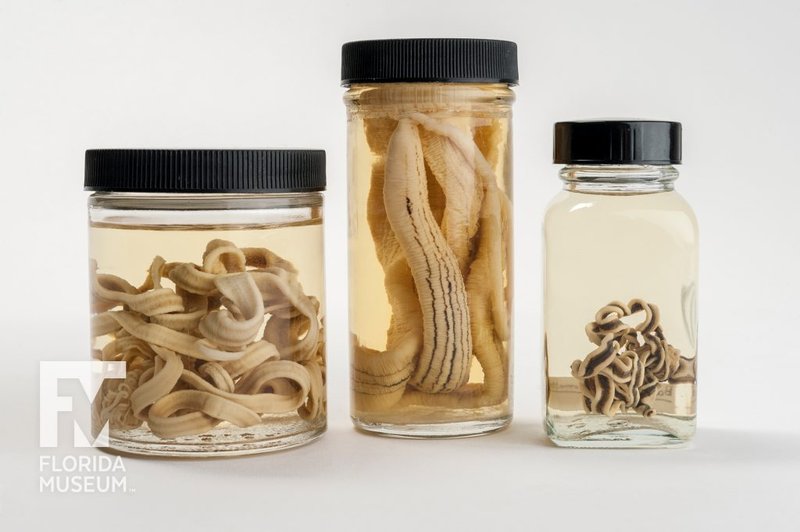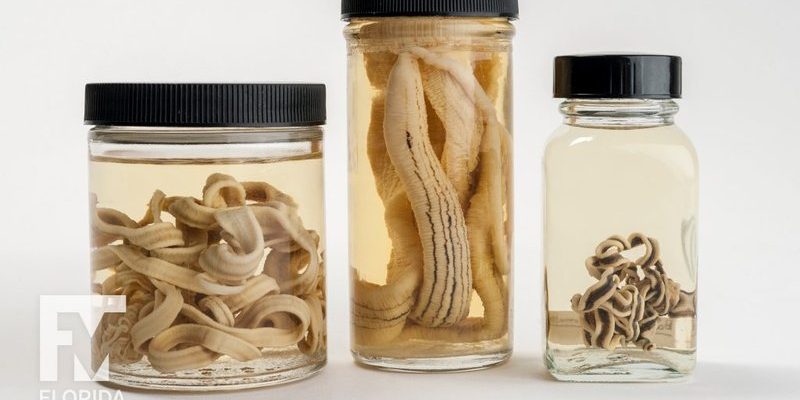
So, how does this all work? Think about how some animals use secretions for various purposes—like how frogs use slime to keep their skin moist. Ribbon worms have mastered this technique, using their mucus for locomotion and other important functions. It’s a unique adaptation that allows them to navigate through sand, mud, and water with surprising ease. Let’s dive deeper into the world of ribbon worms and see how these slippery trails make a difference in their lives.
What Are Ribbon Worms?
Ribbon worms, or *Nemertea*, are a diverse group of invertebrates found primarily in marine environments. They come in various shapes and sizes, ranging from a few inches to some species that can grow several feet long. These creatures often resemble elongated, flat worms, which is what led to their name.
One of the most interesting features of ribbon worms is their ability to extend their bodies to capture prey. They have a unique organ called a proboscis that can shoot out rapidly to ensnare unsuspecting meals. This makes them effective predators in their underwater world. Their vibrant colors and intriguing movements make them a captivating sight, especially for marine enthusiasts.
Despite their somewhat simple appearance, ribbon worms are incredibly complex creatures. They have a range of adaptations that help them thrive in various environments, and their mucus plays a pivotal role in how they move and interact with the world around them.
The Role of Mucus in Locomotion
So, what makes ribbon worm mucus so special? For starters, this slime is not just any ordinary mucus. It has a unique composition that gives it both stickiness and fluidity, allowing ribbon worms to glide smoothly across surfaces. You might be wondering how this helps them move. Well, the mucus creates a slippery layer that reduces friction, enabling the worm to push forward with ease.
Think about how a snail moves. It secretes mucus to slide along surfaces, and ribbon worms do something similar but with a twist. Their mucus is often more than just a method of movement; it serves multiple functions, such as protecting the worm from predators and helping them capture prey. The ability to produce and manipulate mucus is a game-changer in the world of ribbon worms.
Furthermore, the mucus can allow ribbon worms to travel through various terrains. Whether they’re gliding through sand or swimming in open water, the trails they leave behind can assist in maneuvering. It’s like having a built-in transport system that works in harmony with their bodies.
How Mucus Aids in Predation
The mucus trails of ribbon worms are incredibly useful not just for movement but also for hunting. When a ribbon worm is ready to catch its next meal, it can create a sticky mucus trap that ensnares prey. This technique is quite effective, especially for smaller organisms that cross their path.
Imagine throwing out a fishing net—ribbon worms do something like that with their proboscis and mucus. When they detect prey, they can rapidly unfurl their proboscis covered in mucus, which helps glue the prey to the worm’s body. The combination of speed and stickiness allows them to capture food efficiently, making them skilled hunters in their aquatic environment.
Additionally, the mucus can protect the worm while it hunts. Some ribbon worms can produce toxic secretions that can deter potential threats. This dual function makes their mucus a vital tool for survival, ensuring they can eat and evade danger simultaneously.
The Benefits of Mucus Trails for Habitat Navigation
Beyond just helping with movement and hunting, mucus trails play a key role in how ribbon worms navigate their habitats. The slippery trails they leave behind can serve as a guide for them to follow. You can think of it as a breadcrumb trail, guiding them back to familiar areas or food sources.
In murky waters or sandy environments, it can be hard for these creatures to find their way. The mucus trails not only provide a slick path for movement but also serve as a sensory marker. Ribbon worms can sense their own slime, helping them locate their way back home or to areas where there’s plenty of food.
This ability to navigate effectively enhances their chances of survival, allowing ribbon worms to explore and exploit their environments more efficiently. It’s a perfect example of how nature has equipped them with the tools needed for a successful life underwater.
Environmental Impact of Mucus Trails
The mucus trails of ribbon worms aren’t just significant to the worms themselves—they also impact their environment. As these creatures move through the sediment, they help aerate the soil. This process is important for the ecosystem, as it facilitates the movement of nutrients and oxygen in the substrate, benefiting other organisms living alongside them.
When ribbon worms excrete mucus, it can also serve as a nutrient source for smaller organisms, enriching the local ecosystem. The decomposition of this mucus can contribute to the food web, feeding microorganisms that play a vital role in nutrient cycling.
Moreover, when ribbon worms are abundant in a habitat, their mucus trails can alter the physical structure of the environment. These changes can create new niches for other species, enhancing biodiversity. It’s fascinating how something as simple as mucus can have such a ripple effect within an ecosystem.
Adaptations Across Different Species
Different species of ribbon worms have adapted their mucus production to fit their unique environments. For instance, some species that live in shallow waters may produce thicker mucus to deal with increased movement from waves and currents. On the other hand, ribbon worms residing in deeper, calmer waters might create a less viscous slime for easier movement.
These adaptations showcase the versatility of ribbon worm mucus. By adjusting the properties of their mucus, these creatures can optimize their locomotion and predation strategies across various aquatic environments. It’s a testament to their evolutionary success and adaptability.
Let’s not forget that not all ribbon worms are created equal. Some can thrive in brackish waters, while others prefer pure saltwater or freshwater habitats. As they adapt to these varying conditions, their mucus plays a crucial role in their survival and success.
Ribbon worms and their mucus trails are a prime example of how fascinating nature can be. These slimy trails not only aid in locomotion but also help with hunting, navigating, and nurturing their environment. It’s like a perfect harmony between the worm and its world, where each component plays an essential role in survival.
The next time you think about ribbon worms, remember that their slimy trails are doing much more than just keeping them moving. They’re an integral part of a complex, interconnected ecosystem. By understanding how these little creatures work and how they interact with their environments, we gain a deeper appreciation for the wonders of the natural world. So next time you’re near the ocean, keep an eye out for these slippery specialists and their remarkable trails!

